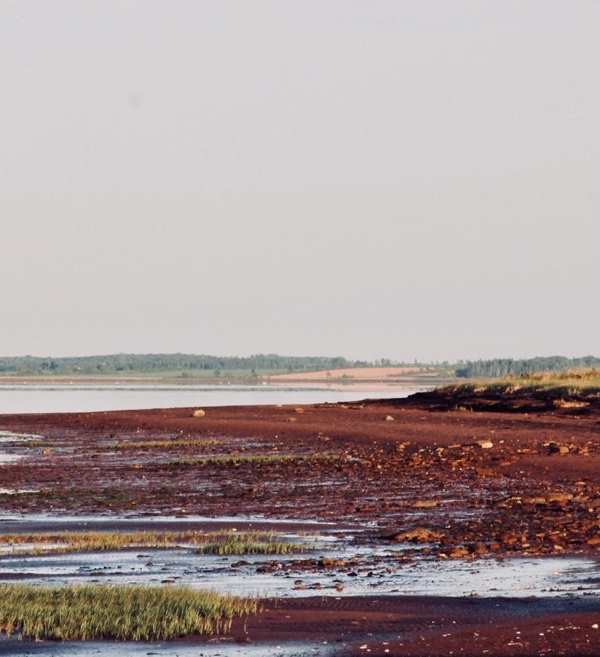We Need a New Story: Walking and the wâhkôhtowin Imagination
DOI:
https://doi.org/10.25071/1916-4467.40492Keywords:
story, walking, wâhkôhtowin, kinship relationalityAbstract
Inspired and guided by the nêhiyaw (Cree) wisdom concept of wâhkôhtowin, this paper frames walking as a life practice that can teach kinship relationality and help reconceptualize Indigenous-Canadian relations on more ethical terms. I argue that Indigenous-Canadian relations today continue to be heavily influenced by colonial teachings that emphasize relationship denial. A significant curricular and pedagogical challenge faced by educators in Canada today is how to facilitate the emergence of a new story that can repair inherited colonial divides and give good guidance on how Indigenous peoples and Canadians can live together differently. In my experience, the emergence of a new story can be facilitated through the life practice of walking.References
Blaut, J. (1993). The colonizer’s model of the world: Geographical diffusionism and Eurocentric history. Guilford.
Campbell, M. (2007, November). We need to return to the principles of Wahkotowin. Eagle Feather News, 10(11), 5. https://www.eaglefeathernews.com/quadrant/media//pastIssues/November_2007.pdf
Casey, E. (1997). The fate of place. University of California Press.
Chambers, C. (2008). Where are we? Finding common ground in a curriculum of place. Journal of the Canadian Association for Curriculum Studies, 6(2), 113-128. https://jcacs.journals.yorku.ca/index.php/jcacs/issue/view/864/showToc
Darling-Hammond, L. (2010). Teaching and educational transformation. In A. Hargreaves, A. Lieberman, M. Fullan, & D. Hopkins (Eds.), Second international handbook of educational change (pp. 505-520). Springer. DOI: https://doi.org/10.1007/978-90-481-2660-6_30
Donald, D. (2019) Homo economicus and forgetful curriculum. In H. Tomlinson-Jahnke, S. Styres, S. Lille, & D. Zinga (Eds.), Indigenous education: New directions in theory and practice (pp. 103-125). University of Alberta Press.
Gatschet, A. S. (1899). " Real,"" true," or "genuine," in Indian languages. American Anthropologist, 1(1), 155-161. https://www.jstor.org/stable/i227138 DOI: https://doi.org/10.1525/aa.1899.1.1.02a00110
Ingold, T. (2004). Culture on the ground: The world perceived through the feet. Journal of Material Culture, 9(3), 315-340. DOI: https://doi.org/10.1177/1359183504046896
Ingold, T. (2010). Footprints through the weather-world: Walking, breathing, knowing. Journal of the Royal Anthropological Institute, 16, S121-S139. DOI: https://doi.org/10.1111/j.1467-9655.2010.01613.x
Ingold, T., & Vergunst, J. L. (Eds.). (2008). Ways of walking: Ethnography and practice on foot. Ashgate.
Kincheloe, J. L. (2000). Cultural studies and democratically aware teacher education: Post-Fordism, civics and the worker-citizen. In D. W. Hursh & E. W. Ross (Eds.), Democratic social education: Social studies for social change (pp. 97-120). Falmer.
Lowe, L. (2015). The intimacies of four continents. Duke University Press. DOI: https://doi.org/10.1515/9780822375647
Macauley, D. (2001). Walking the elemental earth: Phenomenological and literary “foot notes”. In A. T. Tymieniecka (Ed.), Passions of the earth in human existence, creativity, and literature (pp. 15-31). Springer. DOI: https://doi.org/10.1007/978-94-010-0930-0_2
Nisbet, R. A. (1980). History of the idea of progress. Transaction.
Praet, I. (2013). Humanity and life as the perpetual maintenance of specific efforts: A reappraisal of animism. In T. Ingold & G. Palsson (Eds.), Biosocial becomings: Integrating social and biological anthropology (pp. 191-210). Cambridge University Press. DOI: https://doi.org/10.1017/CBO9781139198394.011
Sheller, M., & Urry, J. (2006). The new mobilities paradigm. Environment and Planning A: Economy and Space, 38(2), 207-226. DOI: https://doi.org/10.1068/a37268
Solnit, R. (2001). Wanderlust: A history of walking. Penguin.
Somerville, M., Tobin, L., & Tobin, J. (2019). Walking contemporary Indigenous songlines as public pedagogies of country. Journal of Public Pedagogies, 4, 13-27. DOI: https://doi.org/10.15209/jpp.1171
Tenner, E. (1997). How the chair conquered the world. Wilson Quarterly, 21(2), 64-70. http://archive.wilsonquarterly.com/essays/how-chair-conquered-world
Van Essen, A. (2018). Bending, turning, and growing: Cree language, laws, and ceremony in Louise B. Halfe/Sky Dancer's The Crooked Good. Studies in American Indian Literatures, 30(1), 71-93. DOI: https://doi.org/10.5250/studamerindilite.30.1.0071
Willinsky, J. (1994). After 1492-1992: A post-colonial supplement for the Canadian curriculum. Journal of Curriculum Studies, 26(6), 613-629. DOI: https://doi.org/10.1080/0022027940260603
Wynter, S. (1995). 1492: A new world view. In V. L. Hyatt & R. Nettleford (Eds.), Race, discourse, and the origin of the Americas: A new world view (pp. 5-57). Smithsonian.
Downloads
Published
How to Cite
Issue
Section
License
Copyright (c) 2021 Dwayne Donald 
Copyright for work published in JCACS belongs to the authors. All work is licensed under a Creative Commons Attribution-ShareAlike 4.0 International license.


